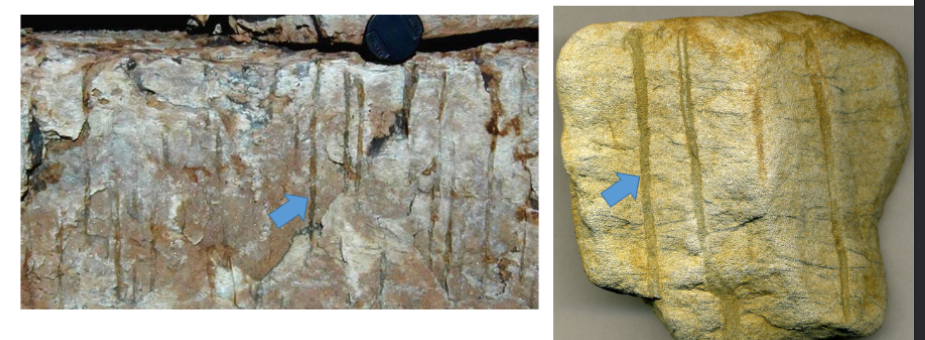Geology Fossils of the Day
1/16
There's no tags or description
Looks like no tags are added yet.
Name | Mastery | Learn | Test | Matching | Spaced |
|---|
No study sessions yet.
17 Terms
Coprolites
Fossilized feces
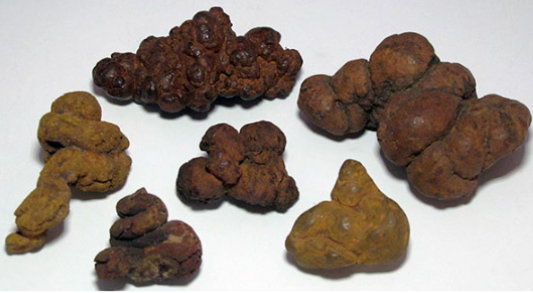
Ecphora gardnerae
Fossilized snail
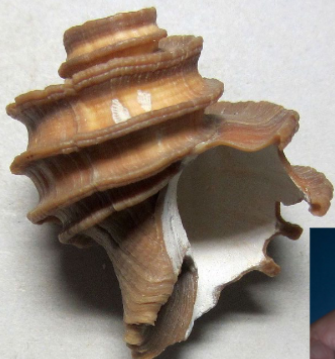
Basilosaurus
An extinct genus of whale that lived during the late Eocene period, considered a transitional species between land mammals and modern whales.

Magnoliophyta
Angiosperms (flowering plants)
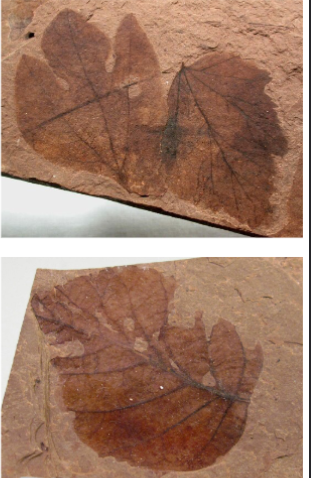
Tyrannosaurus
A large carnivorous dinosaur that lived during the late Cretaceous period, known for its massive size and powerful jaws.

Archeopteryx lithographica
an early bird known for its blend of dinosaur and avian features, believed to be one of the first to have feathers.

Pterodactylus kochi
a pterosaur known for its elongated wings and beak, lived during the late Jurassic period.

Euobrontes giganteus
a large dinosaur footprint thought to belong to a theropod, indicative of its size and movement.

Paleolimulus
a prehistoric horseshoe crab known from fossil records, providing insight into the evolution of arthropods.
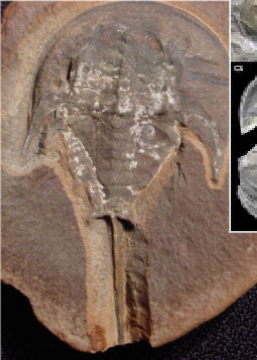
Acanthostega
a primitive vertebrate that is among the earliest known tetrapods, providing key evidence of the transition from aquatic to terrestrial life.
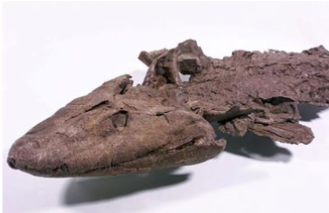
Dunkleosterus terrelli
an ancient armored fish from the Devonian period, notable for its size and powerful jaw.
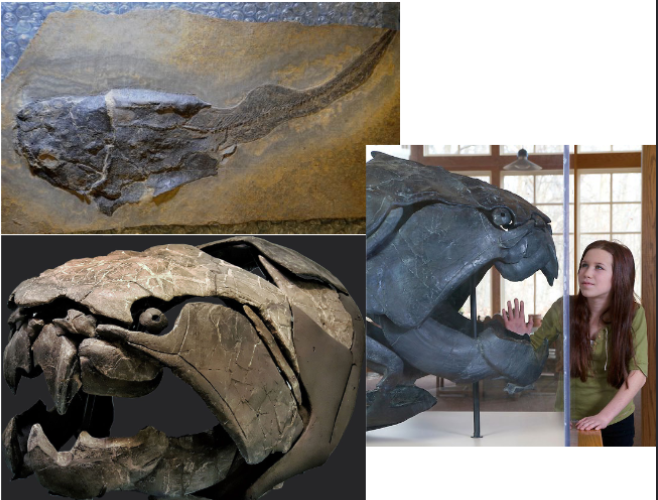
Phacops rana / Eldgredgeops rana
a genus of extinct trilobites from the Devonian period, known for their large, compound eyes and distinctive, rugged exoskeleton. Looks like a pill bug
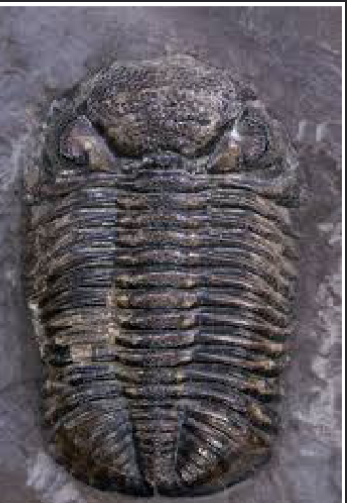
Edrioasteroid echinoderm
from the Paleozoic era, characterized by a star-like appearance and attachment to the seafloor, known for their unique morphology and role in ancient marine ecosystems.
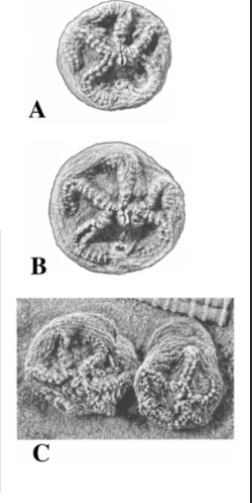
Glyptocrinus
an extinct genus of crinoids from the Paleozoic era, known for its unique, cup-shaped body and ability to filter feed in ancient marine environments (sea-lily).
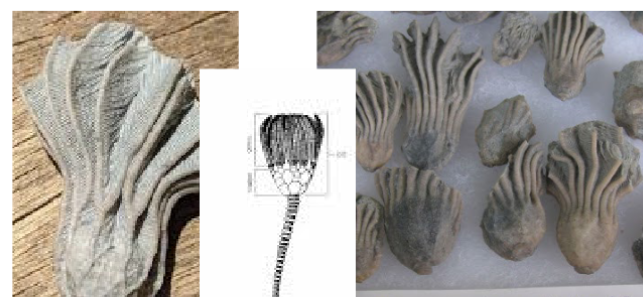
Hallucigenia
a genus of extinct lobopods from the Cambrian period, known for their elongated body and spiny appendages, showcasing early developmental forms of complex body structures.
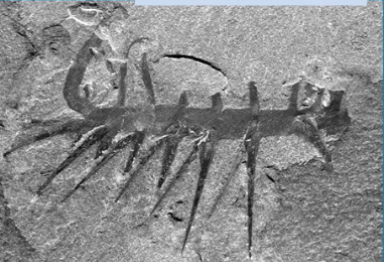
Stromatolite
a layered structure formed by the activity of microbial mats, primarily cyanobacteria, known to be some of the oldest evidence of life on Earth.
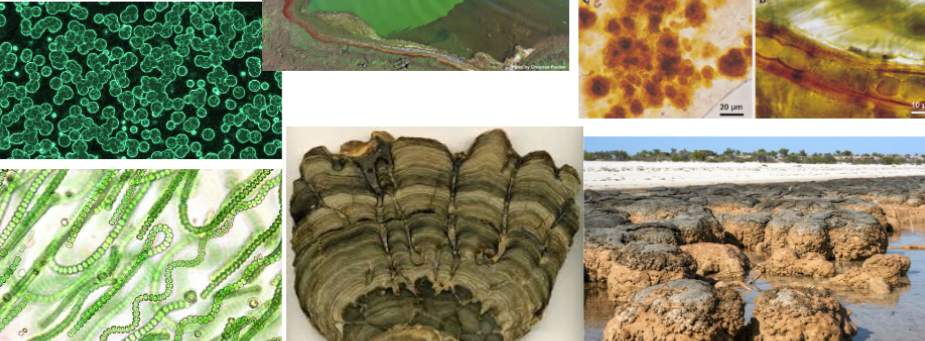
Skolithos linearis
is a species of trace fossil created by burrowing organisms, characterized by its straight, vertical burrows found in sedimentary rock.
